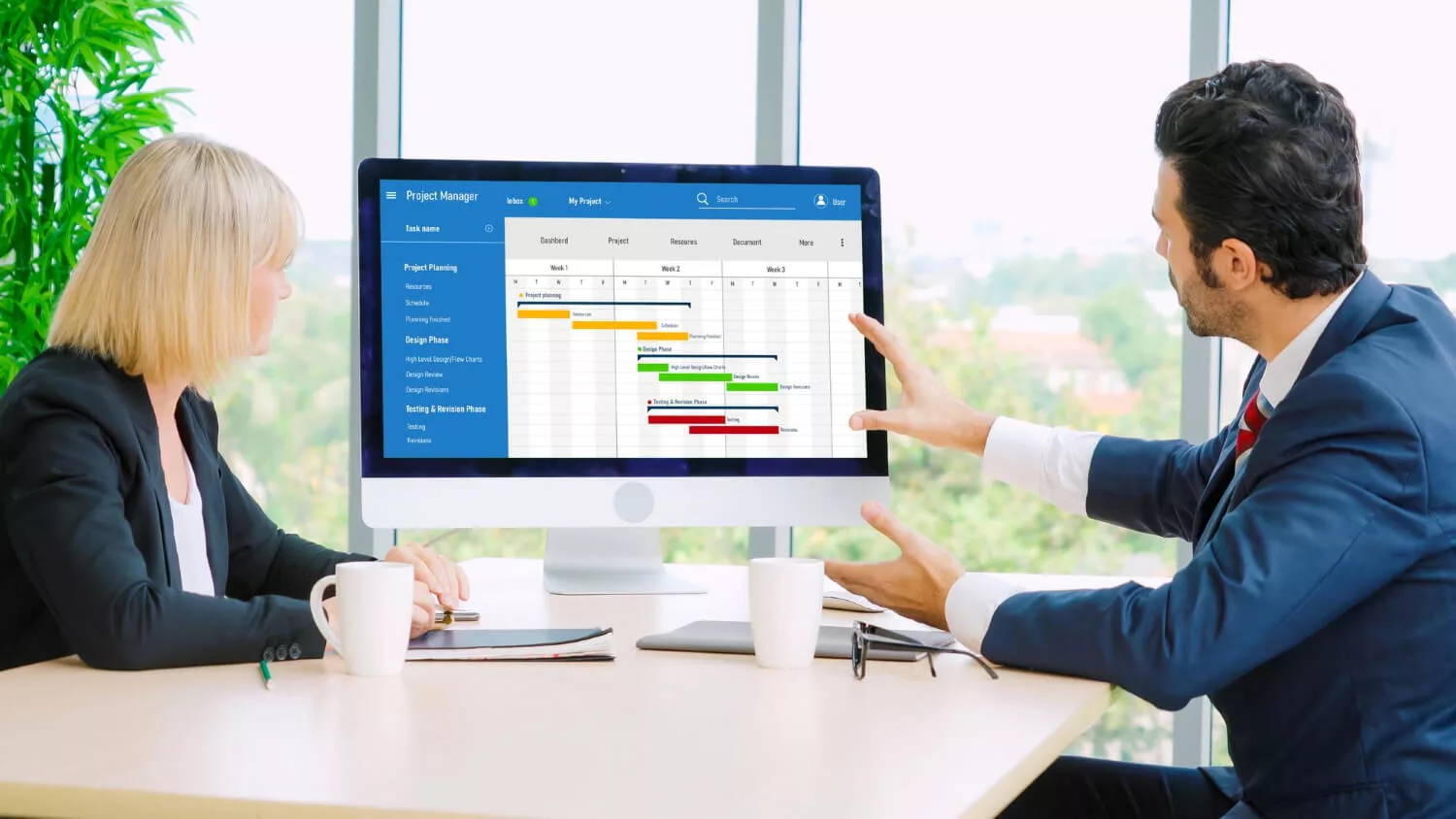In an era where financial accuracy is paramount, companies are turning to technology to streamline their financial processes. Account reconciliation is a critical task in finance departments, ensuring that the actual money spent or received matches the money leaving or entering an account.
By leveraging account reconciliation software, businesses can automate manual processes, reduce errors, and improve overall efficiency. In this article, we will explore how this software transforms business finances.
Understanding Account Reconciliation Software and Its Role in Finance
At its core, account reconciliation software is designed to simplify the complex process of matching accounting records with bank statements and other financial data. The traditional reconciliation process can be cumbersome, often involving various spreadsheets, manual entries, and extensive human oversight. However, with the advent of specialized software, finance professionals can automate these tasks for more accurate and timely results.
This software reduces the likelihood of human error and provides a more comprehensive view of a company’s financial situation. By facilitating real-time data synchronization, businesses can ensure their financial records are up-to-date and reflect their current status. This level of clarity is critical for decision-makers who rely on financial data to strategize and steer the company.
Moreover, account reconciliation software enables a more strategic allocation of staff resources. Instead of dedicating hours to manual reconciliation, finance teams can focus on analyzing data and finding opportunities for cost savings and efficiency improvements. This shift from data entry to strategic analysis can significantly impact a company’s profitability and operational excellence.
The role of this software extends beyond mere number-crunching. It integrates with other financial systems, pulling data from various sources to paint a holistic financial picture. This integration capability is essential for businesses that deal with multiple accounts and complex ledger systems, as it allows for a centralized process, minimizing the risk of oversight or unaccounted transactions.
Enhancing Financial Data Accuracy with Automation
The push for automation in account reconciliation is driven by the need for impeccable financial data. Automated reconciliation ensures that every transaction is accounted for without the common mistakes that come from manual input. From calculating balances to identifying discrepancies, the software does the heavy lifting, significantly reducing costly human errors.
Another aspect of accuracy is the software’s ability to sift through vast amounts of data quickly. Where a human might take hours to reconcile a single account, the software can process multiple accounts simultaneously. This speed does not come at the expense of detail; automated systems are programmed to recognize even the smallest inconsistencies, flagging them for human review.
With improved accuracy, organizations also ensure regulatory compliance. Financial regulations often stipulate strict requirements for reporting and record-keeping. Automated reconciliation helps maintain a transparent and auditable trail of all financial activities, which is crucial during audits and regulatory reviews.
Furthermore, the software’s analytic capabilities provide additional layers of accuracy. By using historical data and predictive algorithms, it can anticipate errors before they happen, offering proactive solutions to potential problems. This foresight allows companies to maintain unassailable financial records and supports strategic decision-making.
Streamlining the Reconciliation Process for Better Efficiency
The efficiency gains from using account reconciliation software cannot be overstated. By automating routine tasks, companies can significantly reduce the time it takes to close financial periods. What previously took days or weeks can now be accomplished in a fraction of that time. This rapid turnaround is particularly advantageous when it comes to monthly or quarterly reporting deadlines.
In addition to time savings, these tools also lead to more efficient resource deployment. Automation frees up finance teams to engage in more value-added tasks, such as performing financial analysis, improving budgeting processes, or developing strategic initiatives. It aligns the finance function with broader business objectives by enabling a more strategic use of human capital.
Another element that enhances efficiency is the consistency afforded by automation. Software-driven reconciliation eliminates variations caused by different workers with diverse approaches and levels of expertise. This consistency is essential for companies that need to maintain standardized processes across various departments or geographic locations.
Overall, the adoption of account reconciliation software stands as a testament to the power of technology in optimizing financial management. As businesses continue to navigate a complex financial landscape, such tools are not just advantageous but essential for success. They provide the accuracy, efficiency, and reliability that form the bedrock of sound financial reporting and strategic decision-making.







